
Lot 477
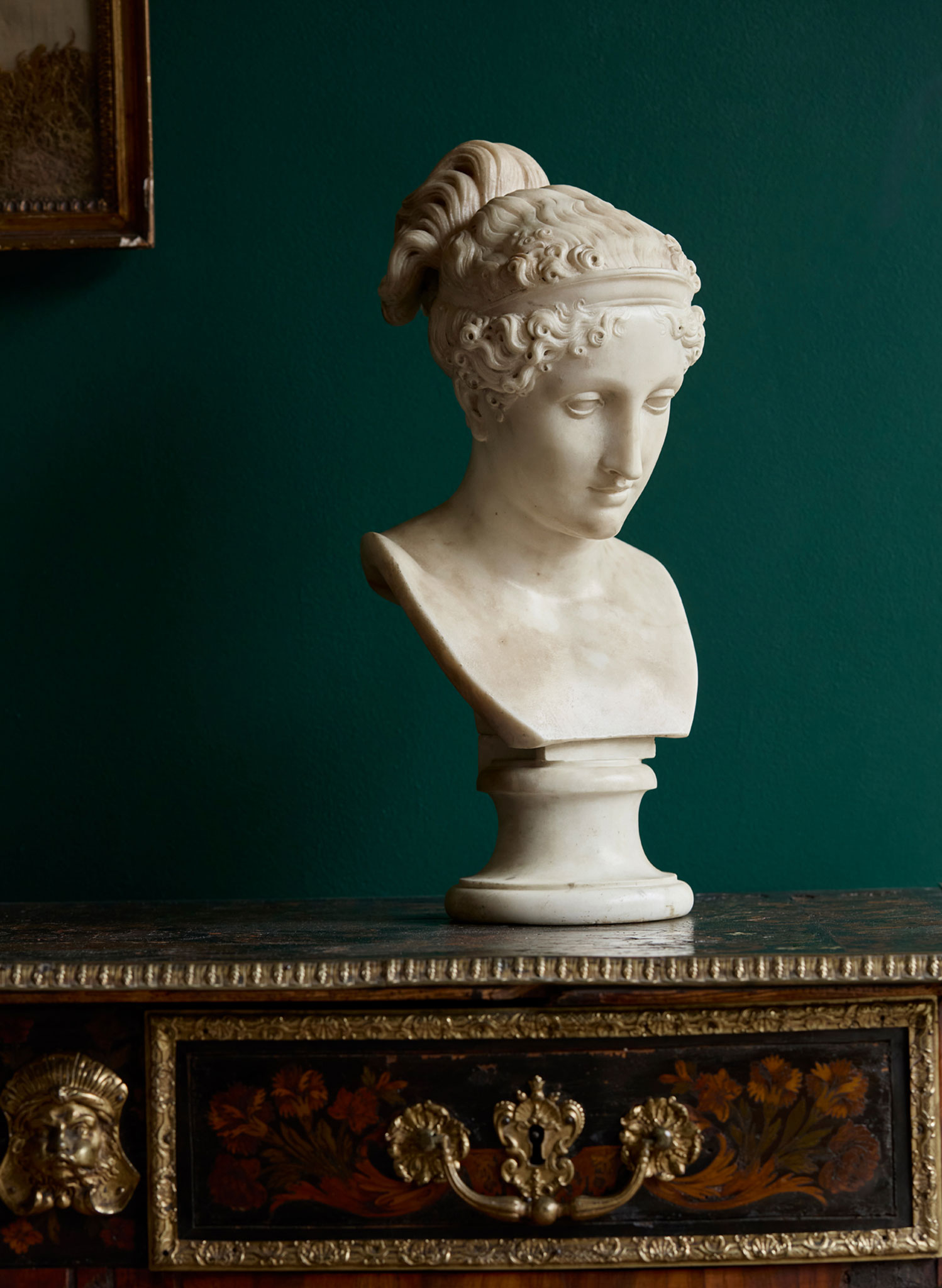
WHITE MARBLE BUST OF HEBE, AFTER CANOVA
19TH CENTURY
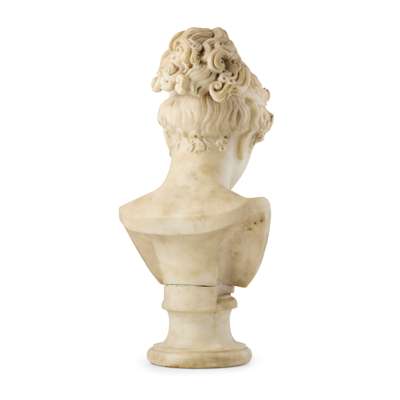
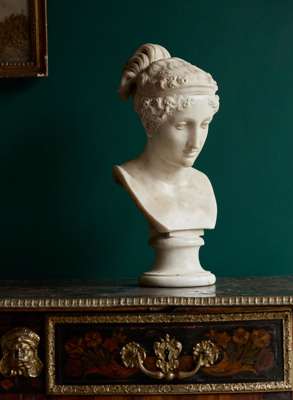

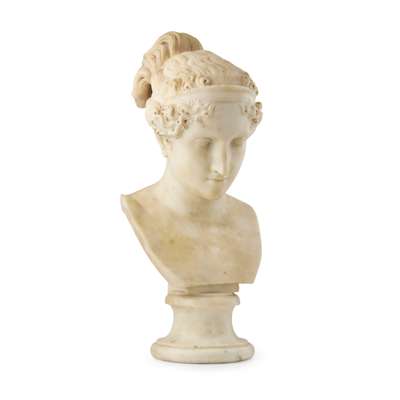




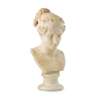
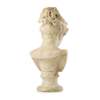
Auction: Day Two | Thurs 13th November 2025 at 10am | Lots 339 to 600
Description
modelled her head slightly downcast, her curled hair pulled up in a hairband, on a spreading oval socle base
Dimensions
52cm high, 23cm wide, 21cm deep
Provenance
Property of a Belgravia residence
Footnote
Hebe is among Antonio Canova’s most celebrated and recognisable sculptures. Conceived in 1795, it was praised for its originality and seen as proof of Canova’s mastery beyond the sculptors of antiquity. Depicted gliding from the clouds and serving wine to the gods, Hebe’s airy drapery and exposed torso convey motion and youthful sensuality. Four full-size versions were commissioned by major collectors, with further replicas made posthumously by Canova’s workshop. The first version, commissioned by Count Giuseppe Giacomo Albrizzi in 1795, was acquired by King Frederick Wilhelm III of Prussia in 1830 and is now in Berlin’s Alte Nationalgalerie. Though some early critics found the face too still, most admired the work’s beauty and Canova’s inventive departure from antique models, aligning him with Praxiteles, Phidias, and Lysippus.
The second Hebe, acquired in 1801 by Josephine de Beauharnais and exhibited at the 1808 Paris Salon, was praised by Quatremère de Quincy but criticised for its gilded ewer and tinted marble. Sold to Russia in 1815, it is now in the Hermitage. Canova later revised the composition, replacing the cloud base with a tree trunk. The third version (1808) has been at Chatsworth since 1810; the fourth (1816–17), made for Countess Veronica Guarini di Forli, introduced a gilt necklace and diadem and is in Forlì’s Pinacoteca Civica. The present sculpture bares features of both the early and late versions, suggesting it was possibly carved in the middle of the 19th century.
Related literature:
G.C. Argan, Canova all’Ermitage. Le sculture del museo di San Pietroburgo, exh. cat. Palazzo Ruspoli, Rome, 1992, pp. 92–94; O. Stefani, Antonio Canova. La statuaria, Milan, 1999, pp. 84–88, no. 7.









